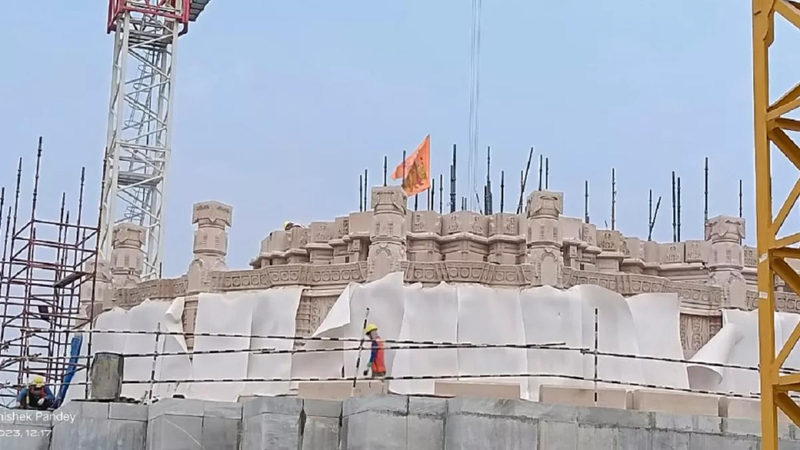Introduction:
Ayodhya, a city steeped in ancient mythology and historical significance, is synonymous with the epic tale of Ramayana. At the heart of Ayodhya lies the sacred ground where the Ayodhya Ram Mandir, also known as the Ram Janmabhoomi, stands as a symbol of faith, resilience, and cultural heritage. Let's embark on a journey through time to unravel the captivating history of the Ayodhya Ram Mandir.
Ancient Roots:
The roots of the Ayodhya Ram Mandir date back to the Treta Yuga, an era when Lord Rama, the seventh avatar of Lord Vishnu, graced the earth. According to Hindu mythology, Ayodhya was the birthplace of Lord Rama, making it a sacred land for millions of devotees.
Babri Masjid and the Controversy:
The history of the Ayodhya Ram Mandir takes a contentious turn during the medieval period. In the 16th century, the Babri Masjid was constructed on the site where many Hindus believed Lord Rama was born. The construction of the mosque marked a chapter of historical and religious conflict.
The Turning Point:
The Babri Masjid-Ram Janmabhoomi dispute gained prominence in the late 20th century, sparking intense debates and legal battles. The controversy reached its zenith on December 6, 1992, when the Babri Masjid was demolished by a large gathering of Hindu activists. The event left an indelible mark on the socio-political landscape of India.
Legal Battle and Resolution:
The ensuing legal battles over the ownership of the land were protracted and complex. After years of legal wrangling, the Supreme Court of India, in a landmark verdict on November 9, 2019, ruled in favor of the construction of a Ram temple at the disputed site. The decision aimed to put an end to the decades-long dispute and foster communal harmony.
The Grandeur of Ayodhya Ram Mandir:
Post the legal resolution, the construction of the Ayodhya Ram Mandir commenced, embracing a blend of traditional and modern architectural styles. The temple is designed to be a testament to India's rich cultural heritage and a symbol of unity in diversity.
Conclusion:
The Ayodhya Ram Mandir stands as more than just an architectural marvel; it encapsulates the collective spirit, faith, and resilience of a nation. Its history is a tapestry woven with threads of mythology, controversy, and legal battles. As the temple stands tall in Ayodhya, it beckons pilgrims, historians, and curious minds alike to delve into its rich history and appreciate the cultural mosaic that is India.



